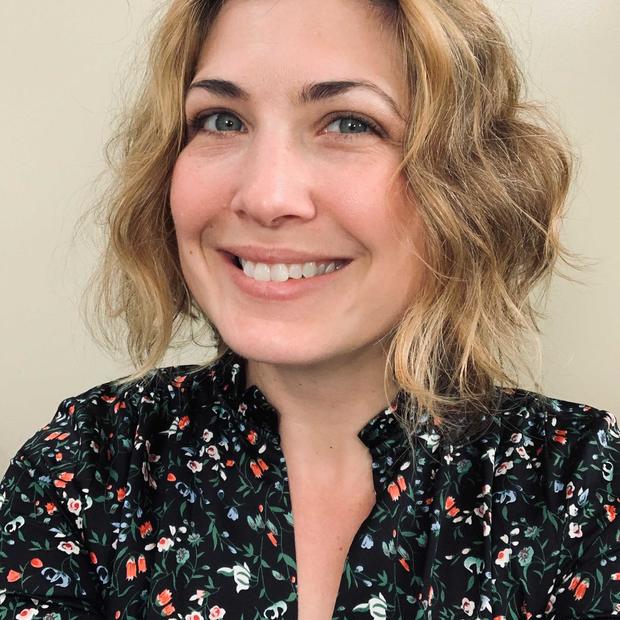It’s a gray day in the middle of winter and the chilly air is blowing through the open doors of Rolling Bay Winery, which is now set up to accommodate pandemic restrictions. Alphonse added heaters near each table to keep visitors more comfortable. The original tasting room is a check-in and pick-up spot for wine club packages while the winery hosts weekly tastings. Normally, the barn-like building houses the wine production and barrel storage, but with two-story garage doors that can be lifted for increased ventilation, it’s now the best place to safely entertain guests.
This video is part of our “Made There” series about local artisans. View more videos from Seasons 1 and 2.
Alphonse established Rolling Bay Winery in 2007, but the wine bug bit him long before. In 1978, he took a trip to France and found himself working at a winery. There, he fell in love with the process and soon began his own winecrafting journey.
Alphonse hit stops and starts along the way to the founding of his own winery, including a visit to the reject table. Upon returning home to Southern California from France in 1979, he entered a local wine competition where his Concord grape table wine got the ax. That failure only spurred Alphonse to try again. For the next 30 years, he continued winemaking, grew his family and built a career as a commercial photographer.
The comparisons between photography and winemaking are present, even now, he says. Starting his businesses in a time when photography was dependent on film, Alphonse sees parallels in the intricacies of each process: the demands on time and temperature, the structure that exists in both worlds. Like the black and white film he was required to use at school, creating white wine also made him consider structure and composition.
“With white wine, it's the same thing. They're so difficult to make because (of) all those little things that are in a white wine,” Alphonse said. “The role of a white wine maker is to preserve aromas and fruit flavors and protect from oxidation.”
He then made it his goal to perfect his process of making white wines before continuing with reds.
Since then, Rolling Bay Winery has found success with both white and red wines, a feat Alphonse credits to the community of helpers who gather multiple times a year to tackle the time-consuming tasks that go into each bottle of wine. Longtime friends come together to help collect grapes from Eastern Washington farms, unload them into various machines and move through the multiple processes before fermentation. Twice a year, the crew convenes to form a bottling assembly line at the winery to fill bottles, cork, label and pack the wine. When the work is done, they open a few bottles and toast to success, a job well done and a beautiful time spent with good friends and good wine.
For Alphonse, wine has always been about the experience of being with friends and family. He has a few tips, below, to help make your next wine tasting gathering a success.
Making notes on wine
There are many things to consider when you’re tasting wine, but Alphonse suggests focusing on these three details to keep things simple:
Sight - Look at the color and clarity of the wine. The lightness or darkness of the color, as well as the opacity, offer clues to the mouthfeel and ageability (how the taste of a wine improves with more time in the bottle).
Smell - You’ll want to smell the wine before swirling the glass to get an idea of what it will taste like. Once the wine begins to aerate, it will open up and the aromas will change.
Taste - This is maybe the biggest factor in our enjoyment of a wine, as well as determining what pairings might work well with a particular bottle. This is when you’ll discover the different notes of wine, whether it’s berries, citrus, spices or even minerals.
Seeking out flavor notes is a fun experiment to share with others, as you may detect differences. For your next wine tasting gathering, invite your pals, have them bring a bottle to share and be sure to have plenty of snacks. Perhaps the most important tip, Alphonse says, is to have fun.


